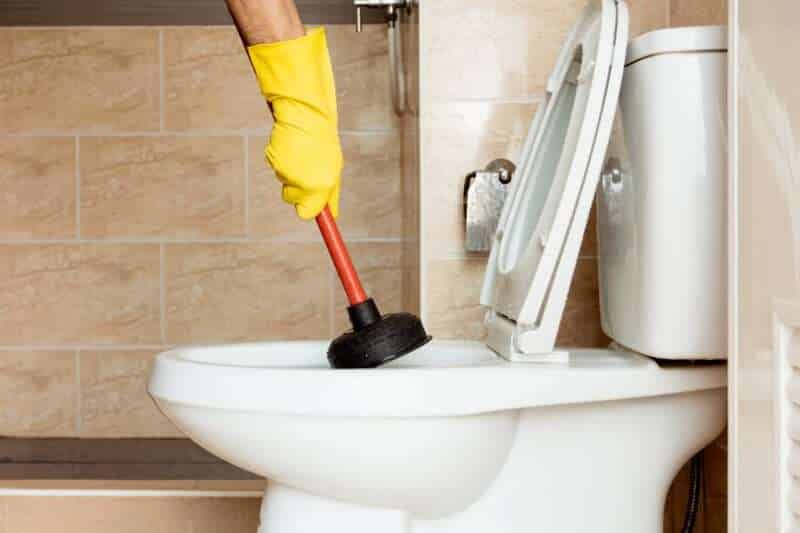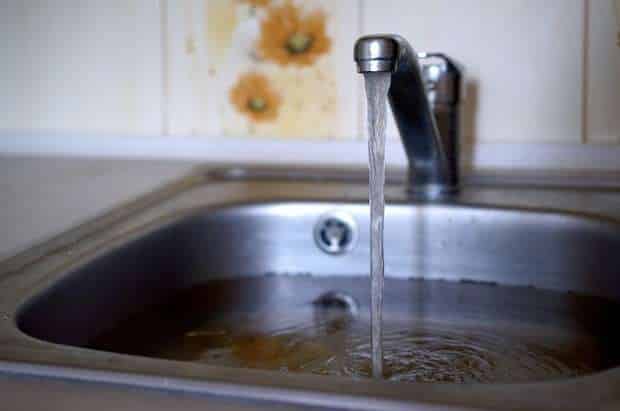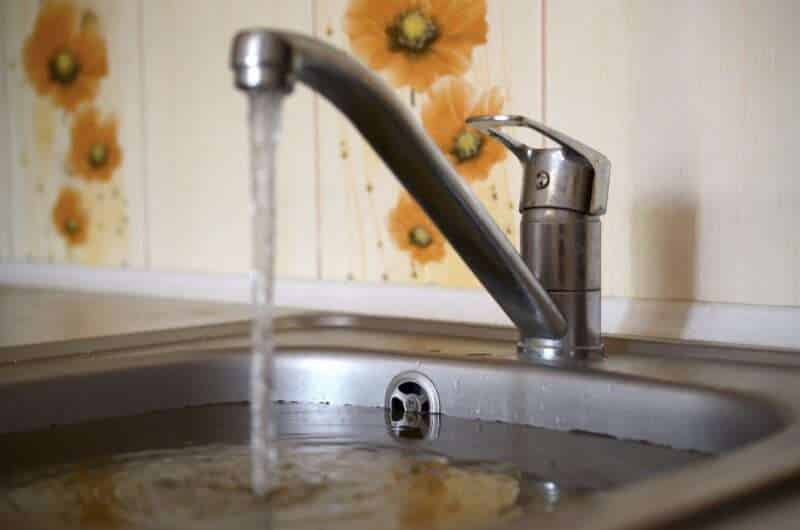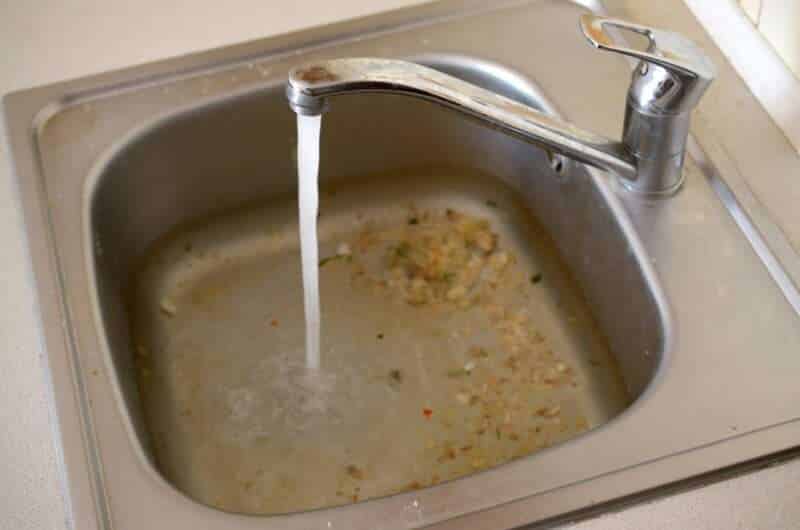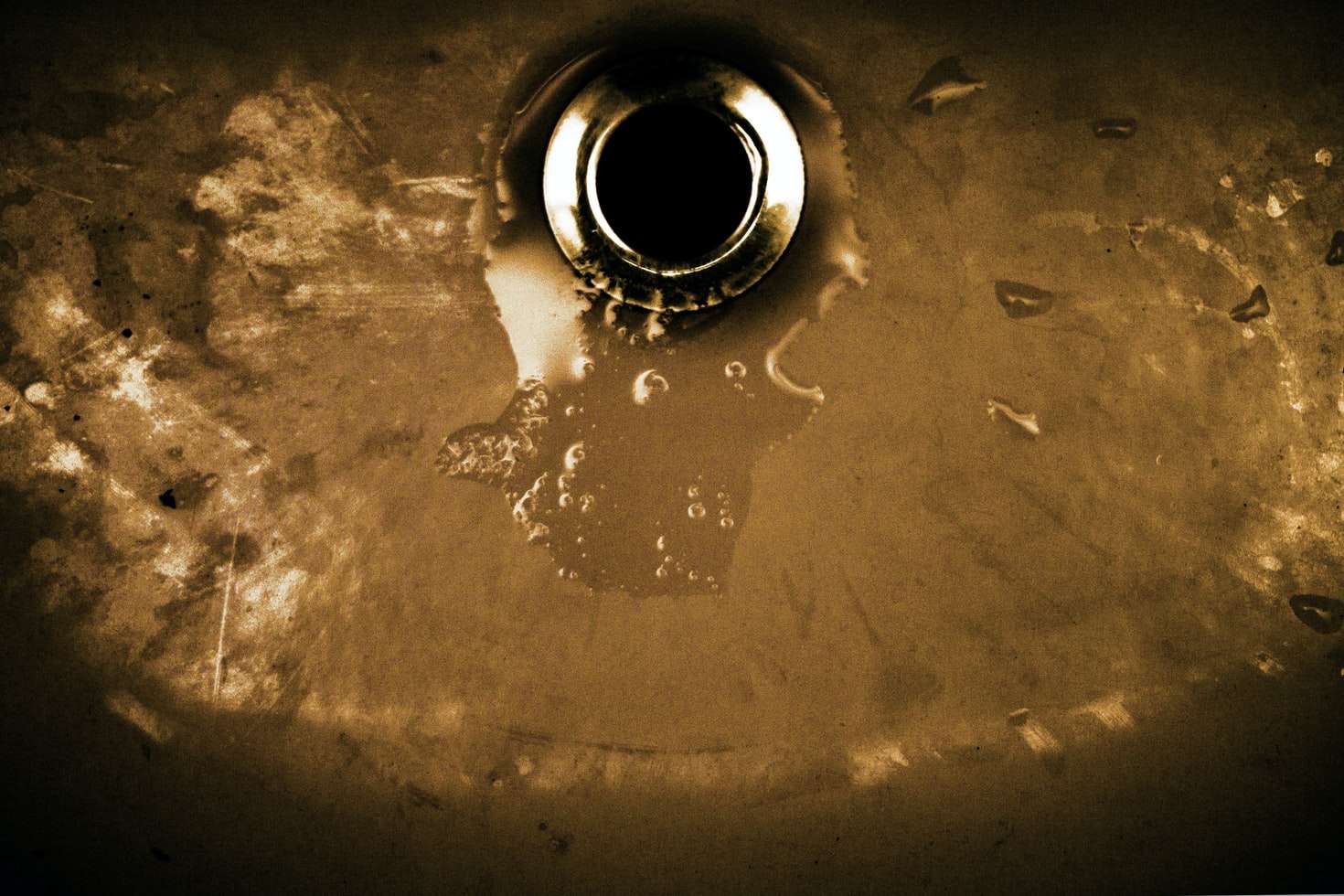A clogged toilet can become a massive headache. When you can’t even get the mechanism to flush, the problem gets even bigger.
Toilets can develop several problems over their lifespan. It can generate strange noises, produce leaks, or refuse to fill quickly.
Some toilets might run all the time, while others offer random flushing experiences without anyone operating the handle.
Here’s the good news: some DIY fixes can help you take care of the problem quickly and effectively. When these ideas don’t work, that’s when it is time to contact a professional plumber for assistance.
Before You Get Started on This Project
Most communities allow a homeowner to serve as their own general contractor. That means you don’t need to hire a plumber to fix, install, or remove a toilet.
Although most repairs are simple, you’ll want to keep a few things in mind while working to prevent more problems from developing.
- Follow any coding requirements that might apply to the work you’re doing.
- If the ideas found here don’t correct the problem, please contact a licensed plumber.
- The bolts, nuts, and connectors are pretty sensitive, so please avoid over-tightening any metal hardware to prevent cracking the porcelain.
- When removing the tank lid, place it in a safe spot carefully to prevent damage.
- Review the repair parts purchased for your toilet to ensure they work for the model you have installed.
Some toilet repairs require you to disconnect the supply line and remove the tank. That means you’ll need to turn off the water to the unit and empty the tank before starting the work.
It helps to have a pan or bowl available to catch the water that drains out once you’ve disconnected the supply line.
What Problem Needs to Be Fixed Today?
Toilets can develop several problems over the years. Thankfully, most of the issues are relatively minor and easy to fix.
Here are the most common issues that homeowners experience when dealing with a stubborn toilet. You’ll also find the fixes that can correct the situation relatively easily.
| The Toilet Is Leaking | Tighten the night behind the valve about a 1/8 of a turn. Be careful with the pipe. You might need to hold it while taking this step.Check the supply line to see if the connection to the supply valve requires tightening.A supply line over five years old can leak on its own. It should be replaced with a new product.Review the fill valve assembly to ensure it is secured at the tank’s bottom.Tighten the bolts that secure the tank to the bowl if needed.Replace the gasket between the tank and the toilet base.Check the mounting bolts that keep the toilet tight to the floor. Make sure it is in the correct position and secure it as needed.The toilet anchor flange might need replacing if the leak is persistent. Remove the toilet, replace the wax ring, and reinstall.Check for cracks in the toilet base. |
| The Toilet Is Running | Inspect the flapper to see if it seals the flush valve opening. If it doesn’t, water will continuously leak into the bowl and must be replaced.The entire flush valve assembly might require replacement if the flapper works correctly.Cleaning the fill valve can stop some toilets from running because debris stops the shutoff mechanism from working. |
| The Toilet Isn’t Flushing | Check the flush handle to see if it is too tight or loose and adjust accordingly.Review the lever lift arm to ensure it is working. If not, a replacement might be necessary.The lift chain might need to get attached to the lift arm or the flapper.Ensure there isn’t too much slack in the lift chain, adjust the fill level, and review the flapper alignment for a potential replacement. |
| The Toilet Fills Slowly | The water supply valve could be closed. Check to see that it is entirely open.Review the fill valve assembly in the tank, clearing any debris interfering with the process.Check the main valve for your plumbing system to ensure it is turned on the whole way. |
| The Toilet Flushes By Itself | Toilets that flush by themselves have a leak or a running issue that triggers occasional drainage.The refill tube that runs from the fill valve might be inserted into the overflow tube. Remove it and secure to the outside instead.If the flapper doesn’t seal the valve opening, you’ll get continuous water movement into the bowl. If cleaning the area doesn’t solve the problem, the part will need to be replaced.When none of the other steps provide relief, you’ll need to think about replacing the entire flush valve assembly. |
A Final Thing to Consider When Fixing a Toilet
Many of the issues that involve a stubborn toilet start at the handle. This part receives the most use, which is why it tends to wear out faster than the other components.
Most toilets are reverse-threaded at the flush handle, which means the nut turns clockwise to loosen. Once you get in there and clean things out, you can typically restore operations.
When your toilet doesn’t flush because you’ve got a clogging issue, the first thing to try is almost boiling water poured down the drain. The pressure and heat can get a lot of stuff to start moving again! If it is stubborn, pour a little dish soap into the drain, wait about 15 minutes, and pour more hot water.
You can also use vinegar or a commercial unclogging agent. Please remember that some chemicals should not get mixed together! Reading the instructions entirely can help you stay safe.
If you have any questions after completing these steps, be sure to contact our team! We can help you manage this problem so that you can enjoy flushing success more often.

